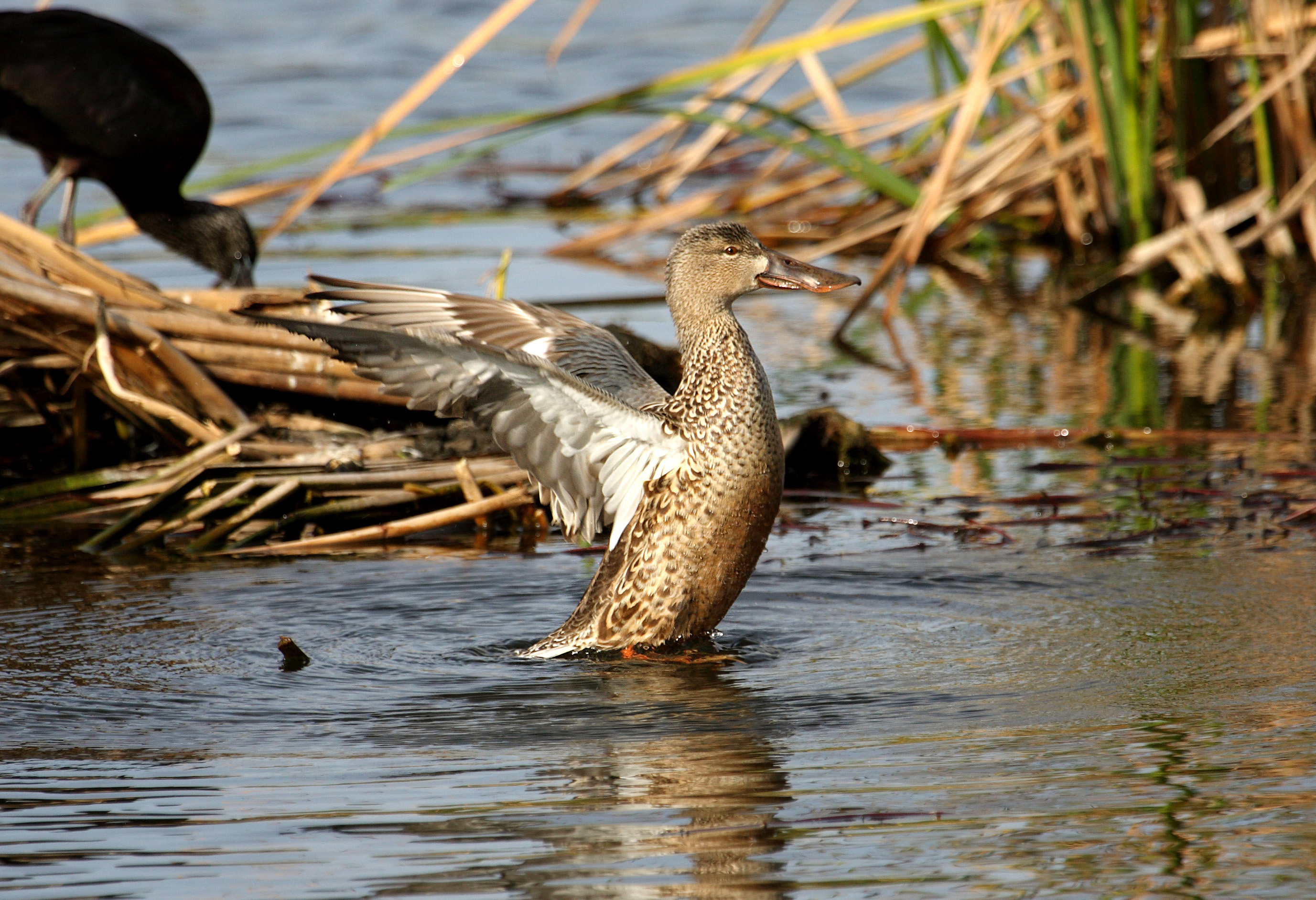 A study has just been published in the European Journal of Wildlife Research concerning the effects of banning lead shot to hunt in the Camargue.
A study has just been published in the European Journal of Wildlife Research concerning the effects of banning lead shot to hunt in the Camargue.
Ammunition with lead in it was banned at the Tour du Valat in 1994, before being forbidden in other countries in the late 1990s, and in France starting in 2005. It had already been proven that lead in ammunition entails a high risk of lead poisoning for wildlife, and particularly waterbirds, due to the long-term accumulation of lead shot in ecosystems and their ingestion by waterbirds.
This study was conducted by the National Office for Hunting and Wildlife (ONCFS) and the Tour du Valat where it has offices. It was based on the large body of data accumulated through research on waterbirds and hunting practices at the Tour du Valat Estate from 1995 to 2005.
The findings are very positive in terms of toxicology. It was estimated that this ban made it possible to avoid the total accumulation of 456 kg of lead during the period studied in the 403 ha of temporary marshes on the Tour du Valat Estate, and also to avoid the contamination of 8% of the duck population foraging there.
This research also indicated that non-toxic ammunition is well adapted to the types of hunting that takes place at the Tour du Valat for terrestrial animals as well as waterfowl. The factors influencing the effectiveness of hunters, and therefore likely to decrease the number of wounded birds lost, were indeed studied. While the abundance of game and hunting experience seem to have a positive influence on hunters; on the contrary, other factors such as the strength of the wind and effects stemming from boredom, have a negative impact.
In short, this study confirms that the ban on lead in ammunition is justified in terms of health and the environment, and argues that it should be extended to wetlands throughout the world.
Reference of the article:
J.-Y. MONDAIN-MONVAL, P. DEFOS DU RAU, M. GUILLEMAIN, A. OLIVIER. Switch to non-toxic shot in the Camargue, France: effect on waterbird contamination and hunter effectiveness (European Journal of Wildlife Journam, 2015), doi : 10.1007/s10344-014-0897-x
Contact the corresponding author: Jean-Yves Mondain-Monval (e-mail)
Photo: Northern Shoveler Anas clypeata (© Thomas Galewski)